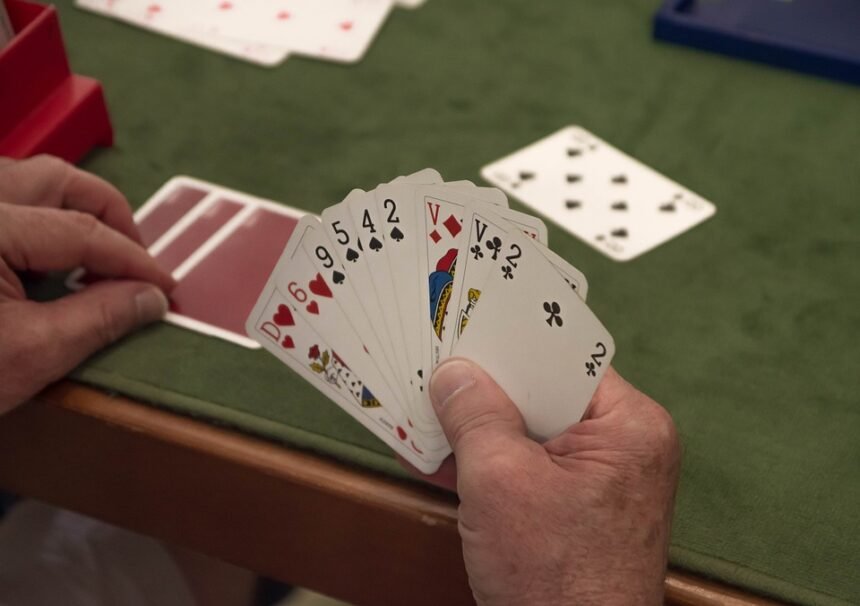In 2023, the fashion landscape is significantly shaped by social media influencers whose reach and impact extend far beyond traditional fashion marketing. The advent of platforms like Instagram, TikTok, and Pinterest has democratized fashion, allowing aspiring designers, brands, and consumers to engage in a dynamic conversation about style, accessibility, and identity. As a result, influencers have emerged as key players in shaping trends, sparking conversations, and redefining what it means to be "in fashion."
The Rise of Micro and Nano Influencers
While celebrity endorsements have long been a staple of fashion marketing, the trend is shifting toward micro and nano influencers. These individuals typically have follower counts in the thousands rather than millions but boast higher engagement rates. In 2023, brands are increasingly recognizing that influencers with smaller, more niche audiences can have a more profound impact on consumer behavior because of their perceived authenticity and relatability.
Micro and nano influencers are often seen as ‘real people’ rather than marketing machines. They cultivate communities around shared interests, and when they showcase fashion brands or styles, their followers tend to trust their recommendations. This shift signifies a deeper connection between consumers and influencers, leading to a more personalized fashion experience.
The Power of Authentic Content
In 2023, authenticity remains at the forefront of influencer marketing. Followers are increasingly discerning; they can smell inauthenticity from a mile away. As a result, influencers are opting for unfiltered, raw, and genuine content that showcases not just products but their lifestyles and personalities. This trend is particularly prominent in the world of fashion.
Influencers are emphasizing sustainable fashion, upcycling, and conscious consumerism, aligning themselves with brands that reflect these values. For example, many influencers share their thrift hauls or DIY fashion projects, encouraging followers to think critically about their purchases. As sustainability continues to be a hot topic in 2023, the partnership between influencers and eco-friendly brands is set to grow, influencing fashion trends toward more responsible consumption.
The Viral Nature of TikTok Trends
TikTok has taken over as the premier platform for trendsetting in fashion. As videos made in seconds can go viral and reach millions, the speed at which styles proliferate has accelerated dramatically. By spring 2023, iconic trends like "Cottagecore," "Y2K revival," and "Sporty Chic" have seen significant comebacks, largely due to influencers on TikTok creatively reimagining these styles.
The platform’s algorithm encourages users to discover new trends rapidly, leading to the phenomenon of "micro-trends." These are fashion styles that may dominate for only a few weeks before being replaced by the next viral sensation. Influencers play a pivotal role in this cycle; by producing short, engaging content that showcases these styles, they can propel trends into the mainstream almost overnight. This rapid turnover challenges traditional fashion calendars but keeps consumers engaged and eagerly anticipating what’s next.
Collaboration Between Influencers and Brands
In 2023, collaboration between brands and influencers has evolved into a strategic partnership rather than merely transactional arrangements. Many fashion brands are partnering with influencers in the design process, allowing influencers to create capsule collections or curated lines that resonate with their followers.
Such collaborations are more than just endorsements; they provide a platform for influencers to express their styles while giving brands direct access to highly engaged audiences. This mutual benefit helps brands connect with younger consumers who favor community and collaboration over traditional advertising. Influencers are becoming brand ambassadors with a voice, making them integral to the design and marketing processes.
The Interplay of Fashion and Technology
With the rise of augmented reality (AR) and virtual fitting rooms, influencers are also leveraging technology to enhance their fashion content. In 2023, many influencers are using AR apps to ‘try on’ clothes virtually, allowing their followers to see how different outfits might look on them without stepping foot in a store. This approach not only creates a more interactive experience but also addresses the growing demand for online shopping solutions.
Moreover, the integration of blockchain technology in fashion has led to the rise of digital fashion and virtual wearables, further expanding the role of influencers. Digital fashion shows and fashion NFT drops are becoming more common, with influencers often at the helm, educating their audience about these innovations and showcasing how they might intersect with traditional fashion.
Conclusion
The influence of social media influencers on fashion trends in 2023 is profound and multifaceted, marked by authenticity, rapid trend cycles, and deep-rooted collaborations. As this dynamic landscape continues to evolve, so too will the ways in which brands engage with audiences and the nature of fashion itself. Social media influencers are not just shaping trends—they are redefining what it means to be stylish in an increasingly interconnected world. As fashion continues to merge with technology, sustainability, and personal expression, the role of influencers will remain pivotal, providing both guidance and inspiration for the next generation of fashion enthusiasts.



![Rivalry Renewed: [Team A] vs. [Team B] Ends in Classic Showdown Rivalry Renewed: [Team A] vs. [Team B] Ends in Classic Showdown](https://globalnewsweek.icu/wp-content/uploads/2024/10/mountain-climber-2427191_960_720-150x150.jpg)
